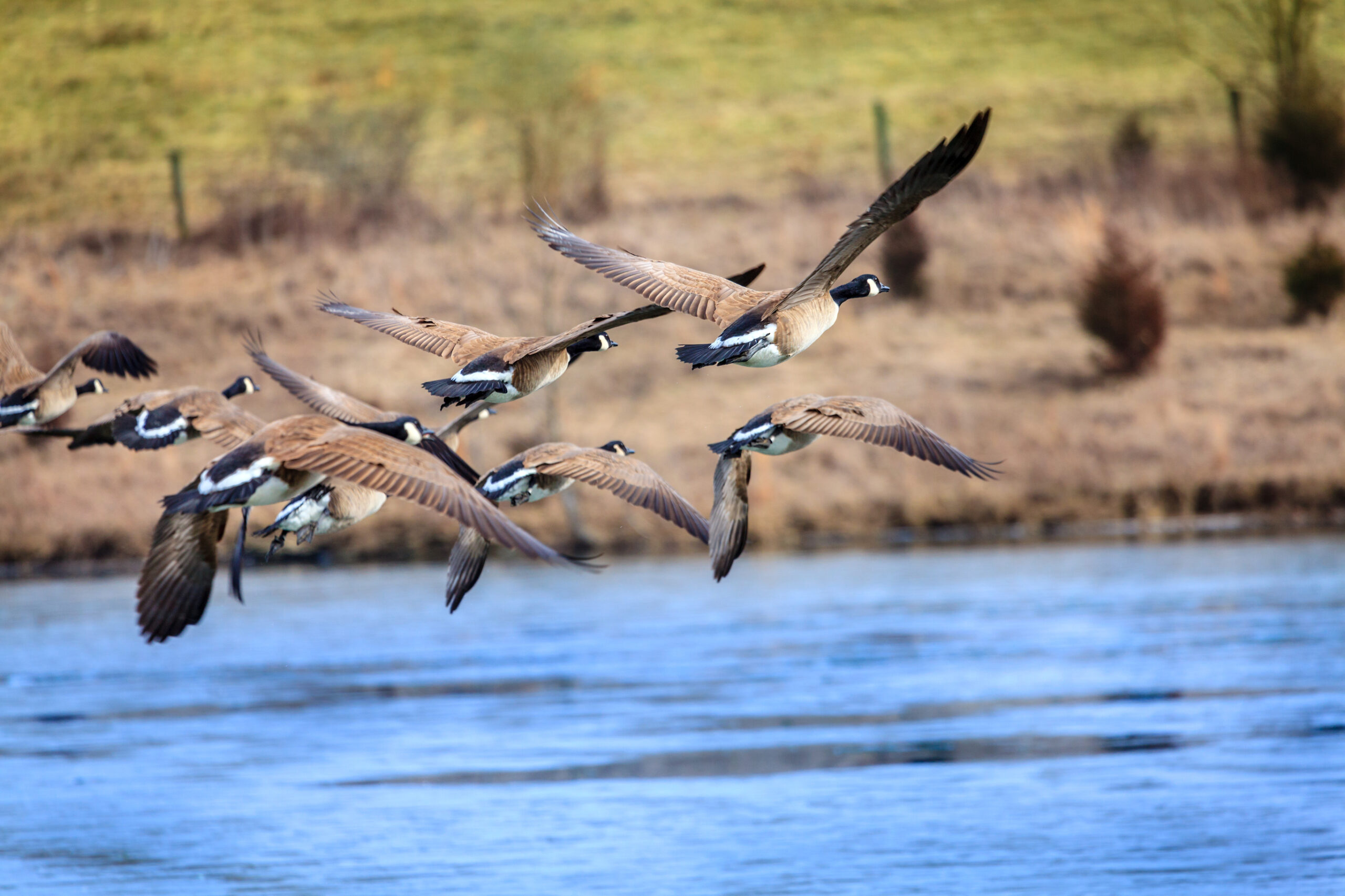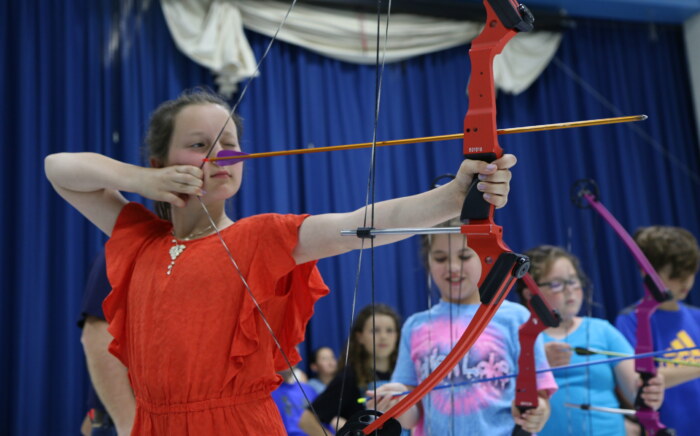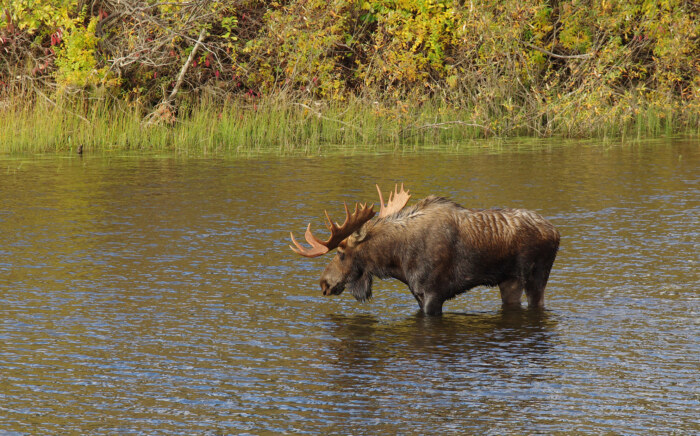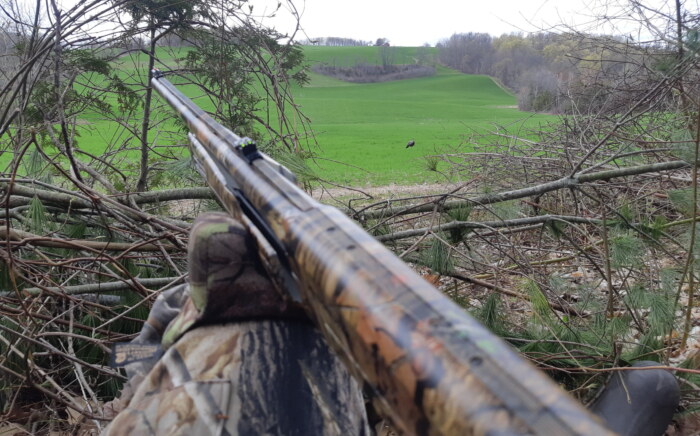It is safe to say that we are all pretty fatigued by the topic of disease. In addition to human impacts of the COVID-19 pandemic, new and ongoing research has shown that multiple mammal species can become infected with the virus and spread it, including white-tailed deer. Beyond COVID-19, in the fall of 2021 we saw an outbreak of epizootic hemorrhagic fever in deer in the Kingston area. Now there is a new disease outbreak working its way through Ontario’s wildlife, this time specifically affecting birds, highly pathogenic avian influenza (HPAI).
What is HPAI?
HPAI is an influenza Type A virus. Avian influenza viruses exist in low pathogenic and highly pathogenic forms. The low pathogenic forms commonly occur in wild birds and cause either no symptoms or only minor symptoms. The highly pathogenic forms are much more serious as they can cause severe symptoms including death in both domestic and wild birds and do pose a risk, albeit low, to human health.
The version of HPAI behind the current outbreak is known as H5N1 and this version has been circulating in Europe, the Middle East, and Africa for approximately the last 18 months. It is being spread by migrating birds and the reported cases among both wild and domestic birds in Canada and the United States appear to follow this migration.
The symptoms of HPAI in birds are varied and can resemble other diseases so lab testing is required to confirm cases of HPAI. In general, people should be on the lookout for any sick, strange-acting, or dead birds. Some of the signs and symptoms can include:
- Diarrhea
- Nervousness, tremors, and a lack of coordination
- Coughing, gasping for air or sneezing
- Swelling of the wattles, combs, and skin around the eyes, head, and neck
- Sudden death, potentially of multiple animals in close proximity
The range of birds that can be affected is also quite broad. In the US and/or Canada there have been confirmed asymptomatic infections or mortalities from the current H5N1 strain among geese (Canada, Snow, Lesser Snow, and Ross’), ducks (various species including but not limited to Green- and Blue-winged Teals, Mallards, Hooded Mergansers, Red-breasted Mergansers, Scaup, Redheads, Canvasbacks, American Black Ducks, Wood Ducks, Gadwalls, and Northern Pintails), raptors (Bald Eagles and Red-tailed Hawks), owls (Great Horned Owls and Snowy Owls), White and Brown Pelicans, Great Blue Herons, Mute Swans, and Herring Gulls. On the domestic side, mortalities have been reported in commercial flocks of chickens, turkeys, ducks, and upland game birds.
Meanwhile, the Canadian Wildlife Health Cooperative (CWHC) recently announced that two red fox kits in St. Marys, Ontario had been diagnosed with HPAI and it was likely the cause of their deaths. This is the first detection of the current HPAI strain in mammals in the Americas. You can find more information on these cases here.
It’s not feasible to provide a complete and up-to-date list of the species that are affected or the geographic extent of the outbreak because the spread is still ongoing as birds continue to migrate. Instead, there are two websites that hunters can use to track the spread of HPAI in Canada.
The Canadian Food Inspection Agency (CFIA) has created an online dashboard showing cases of HPAI in wild birds which can be found here. One thing that may not be immediately clear on the website is that the stars represent cases in domestic flocks and the circles represent cases in wild birds.
CFIA also has a website where all confirmed outbreaks in domestic flocks are being reported. That website can be found here and also includes relevant links for poultry producers. Hunters may find this website useful because it includes a map of infected zones around these farms. That could help inform hunters’ decisions around where to hunt.
What is the impact of HPAI on wild birds?
At this time, we don’t know the answer to this question. This current outbreak is significant because we are seeing mortalities in wild birds and not just in domestic flocks. The level of wild bird mortality and the range of species involved is beyond what has been observed in previous HPAI outbreaks. More information is needed on the prevalence of the virus among wild birds and the mortality rates for different species before we can make predictions on any population-level impacts. It is safe to say that this is a concerning situation and one that the OFAH and our partners in government and academia are following closely.
What do I need to know as a hunter?
HPAI can be spread to humans through contact with infected birds or contaminated environments (i.e., farms with outbreaks). While the risk of HPAI to human health is considered low, there are steps that hunters can take to reduce their risk. The Public Health Agency of Canada (PHAC) has published specific advice to hunters which can be found here. That advice includes:
- Not handling or eating sick birds or birds that died of unknown causes.
- Avoiding direct contact with blood, feces, and respiratory secretions of all wild birds.
- When handling or cleaning wild birds, work in a well-ventilated area, avoid inhaling dust, feathers and aerosols from the bird, and wear vinyl, latex, nitrile, or rubber gloves.
- Don’t eat, drink or smoke while handling birds.
- When finished, wash hands with soap and water or hand sanitizer that is at least 60% alcohol and thoroughly clean and disinfect all tools, work surfaces, clothing, and footwear. This not only protects hunter health but also reduces that chance of hunters spreading the disease.
- Keep children and pets away from areas where birds are being cleaned and prevent them from coming in contact with tissues or fluids from wild birds.
- Follow safe food handling practices and cook meat thoroughly to remove the risk of infection. Cook pieces and cuts to an internal temperature of 74°C (165° F) and cook whole birds to an internal temperature of 82°C (180° F). Note that these temperatures equate to well done.
- If you become ill after handling birds, contact your doctor and tell them you were in contact with wild birds.
As part of their advice to hunters, PHAC states “Before hunting game birds and waterfowl in areas where an outbreak of avian influenza has been reported, please check that restrictions in your area have not changed.” Hunters can check to see if any restrictions have been put in place by visiting the following links:
- For provincially managed species (e.g., wild turkey, ruffed grouse, etc.) go here.
- For federally managed species (e.g., migratory waterfowl) go here.
How can I help?
The most important thing that hunters and members of the public can do is report sick, strange-acting, or dead birds to the CWHC (http://www.cwhc-rcsf.ca/report_and_submit.php, 1-866-673-4781). These reports are crucial to tracking the extent, duration, and seriousness of this outbreak and are how we help protect the health of our wild birds.






Leave a Comment